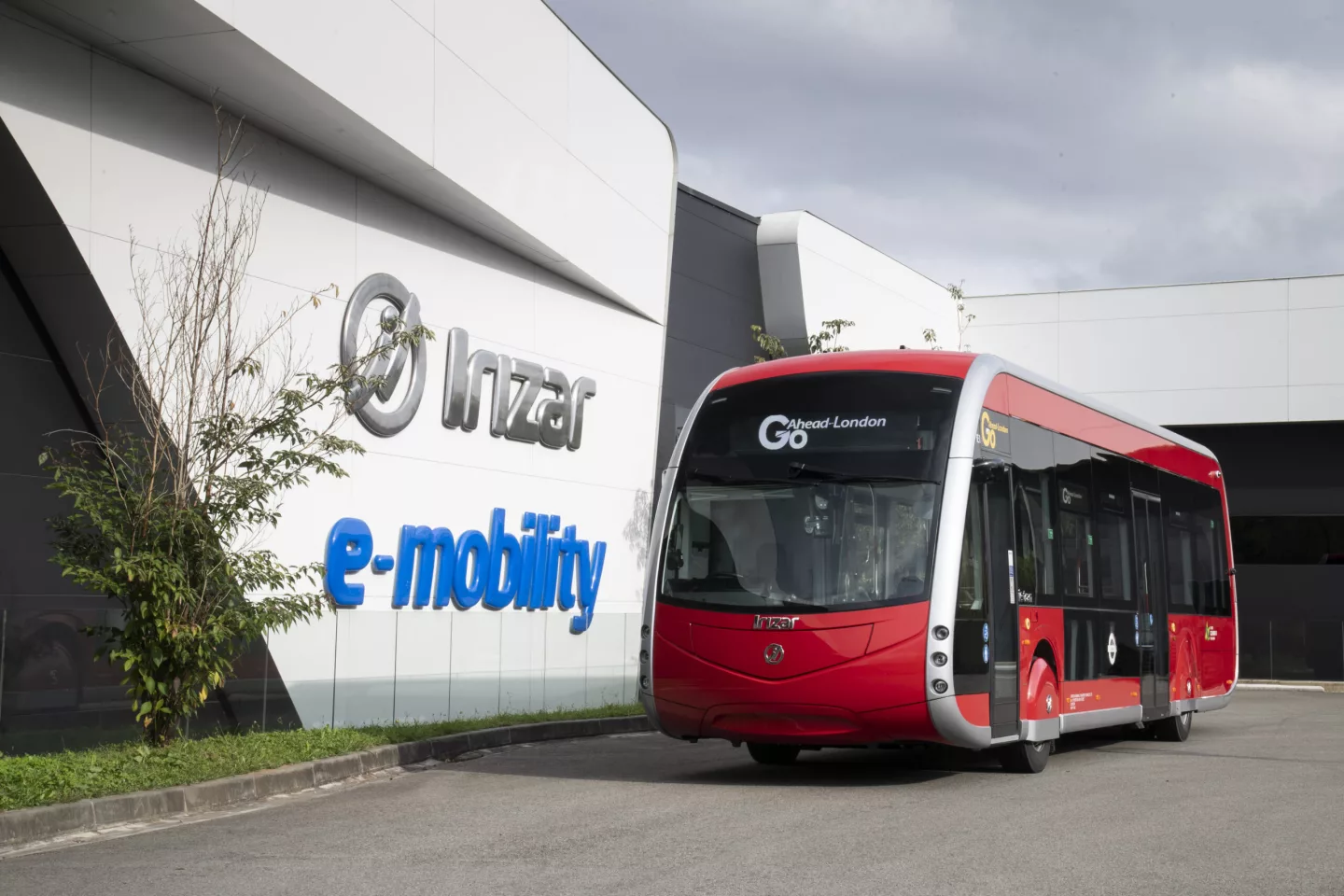There are now more than 800 zero-emission buses roaming the streets of London in a bid to cut into the city’s carbon footprint, and the introduction of new fast-charging infrastructure should help speed things along. The move involves the purchase of 20 new electric tram buses, which will rely on cutting-edge fast-charging arms to stay topped up and on the road.
As it works toward a decarbonization goal of net-zero by 2030, London has been rolling out not just electric buses but the advanced charging infrastructure to go with them. As it stands, the majority of these electric buses require overnight charging at depots to service their routes during the day, but the implementation of arm-like charging systems called pantographs could help keep them on the move.
These structures consist of an articulated arm that is lowered down to connect with a port on the vehicle’s rooftop for a high-power charge. Known as “opportunity charging,” the high-power currents of up to 600 kW offered through these systems allows the vehicles to be topped up in less than 10 minutes. These are now in place supporting electric buses along London’s route I32, providing them with a high-power boost throughout the day.
But next year, these pantograph systems will have more of a role to play in London’s transport scene. Two 450-kW pantograph chargers from Spanish outfit Irizar will be installed at either end of the 15-mile (24-km) route 358, one of London’s longest. This is described as the first ultra-fast opportunity charging route for the capital, with the pantographs to give buses a quick top-up between trips to keep them on the move with minimal turnaround times. New 100-kW depot chargers will also support the operation with four-hour charges of long-range batteries.

The vehicles that service this route will also come from Irizar, with London bus operator Go Ahead committing to buy 20 of the company’s all-electric ie tram buses. These 12-meter-long (39-ft) vehicles will be manufactured with right-hand drive for UK roads and are due to commence operations next year.
"Londoners deserve to breathe clean air, and as part of our work to tackle the twin dangers of toxic air pollution and the climate emergency, I'm pleased that this new technology is being used on buses in south London,” said Deputy Mayor for Transport, Seb Dance. "The introduction of the pantograph builds on the progress we have already made to run a cleaner and greener bus service. Transforming London's bus fleet is an important part of the Mayor's target of getting London to net zero by 2030, and his aim to build a better London - a fairer, greener and more prosperous city for all."
Source: Transport for London, Irizar





